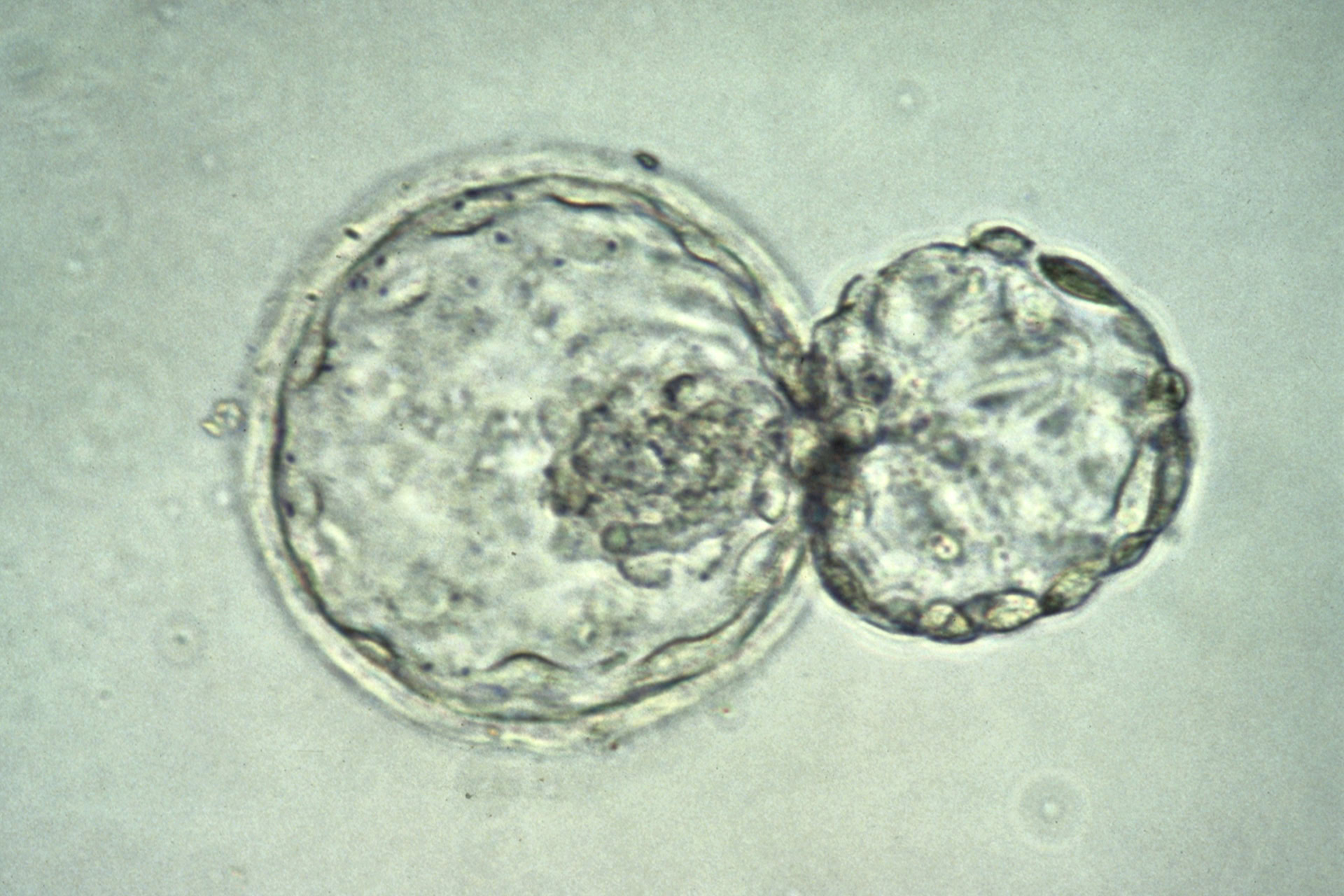An extension to the 14-day human embryo research rule will be proposed at the Progress Educational Trust (PET) conference 'Rethinking the Ethics of Embryo Research: Genome Editing, 14 Days and Beyond' on 7 December.
Until now, human embryo research has been restricted in the UK under the Human Fertilisation and Embryology Act 1990, which only permits research on human embryos up to 14 days old. However, until recently no scientists were able to maintain live embryos for longer than seven days.
Earlier this year, Cambridge researchers led by Professor Magdalena Zernicka-Goetz proved they could keep embryos alive for up to 13 days (see BioNews 850). This has opened up possibilities for research on embryos beyond 14 days, which scientists argue could lead to critical insights into human development.
Dr Simon Fishel, founder of CARE Fertility, will support a proposal to extend the limit up to 28 days at the PET conference.
'The benefits for medical research would be enormous,' Dr Fishel told the Observer. 'Certain tumours, developmental abnormalities, miscarriage – there is a whole raft of issues in medical science that we could start to understand if we could carry out research on embryos that are up to 28 days old.'
But critics warn that an extension could be regarded as a 'slippery slope' to unrestricted embryo testing, provoking a backlash that would negatively impact embryo research in the UK. These critics include the philosopher Baroness Mary Warnock, a patron of the Progress Educational Trust (which publishes BioNews), who originally advised the UK government to adopt the 14-day limit in a 1984 report which was key to the 1990 Act.
'We should note that every time the law about embryo research has been changed or amended the opposition has rallied its forces, and it would do so again if we try to get the 14-day rule extended,' Baroness Warnock, who will also be speaking at the conference, told the Observer. 'The risk is that all the progress we have made since 1990 would be lost.'
At the time, this limit was recommended as appropriate 'in order to allay public anxiety'. Scientists believe that 14 days is the point at which the 'primitive streak' begins to form, which is the precursor of the central nervous system. Beyond this point the embryo is also unable to split to form twins.
Speaking to the Observer, Baroness Warnock warned: 'If we raise the limit, objectors could argue that the 14-day rule has remained intact simply because no researcher had the technique to keep an embryo alive for so long, and that now one has been discovered the rush down the slippery slope will follow.'
Yet Dr Fishel disagrees. 'Everything will continue to be regulated and assessed on a case-by-case basis. Nothing worse can come from it, all this talk of slippery slopes is just scaremongering.'
Professor Robin Lovell-Badge, group leader in stem cell biology and developmental genetics at the Francis Crick Institute, London, told the Observer that other sources of embryonic cells, including material leftover from ectopic pregnancies, could provide information about later stages of human development.
'The move to 28 days would be the last change we would need to make in controlling embryo research,' he said.
'Rethinking the Ethics of Embryo Research: Genome Editing, 14 Days and Beyond' is taking place in London on Wednesday 7 December 2017. Click here for full details, and email sstarr@progress.org.uk with any queries.







Leave a Reply
You must be logged in to post a comment.